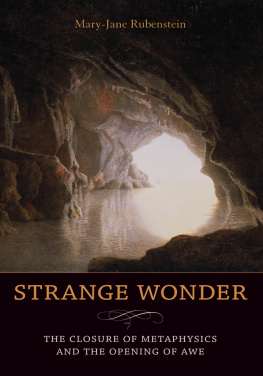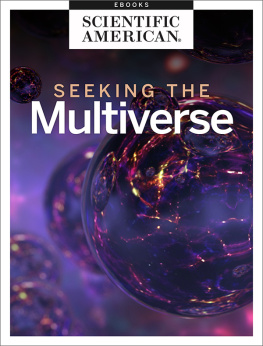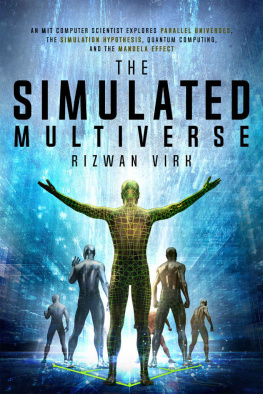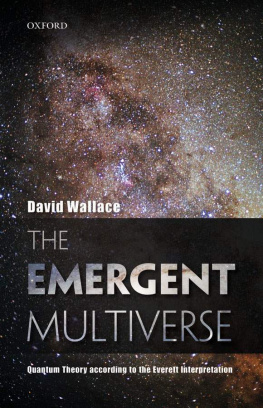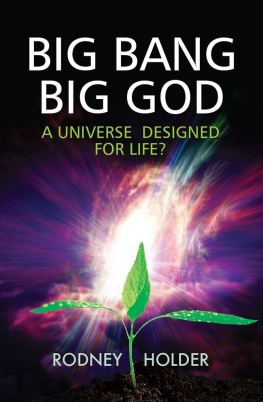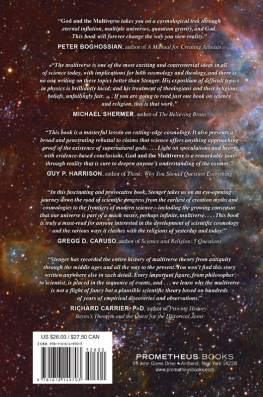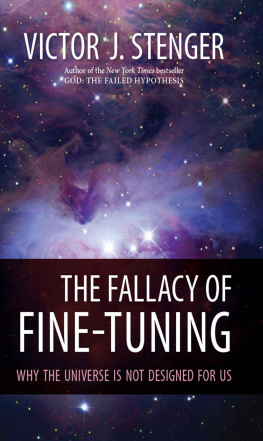Mary-Jane Rubenstein - Worlds Without End: The Many Lives of the Multiverse
Here you can read online Mary-Jane Rubenstein - Worlds Without End: The Many Lives of the Multiverse full text of the book (entire story) in english for free. Download pdf and epub, get meaning, cover and reviews about this ebook. year: 2014, publisher: Columbia University Press, genre: Religion. Description of the work, (preface) as well as reviews are available. Best literature library LitArk.com created for fans of good reading and offers a wide selection of genres:
Romance novel
Science fiction
Adventure
Detective
Science
History
Home and family
Prose
Art
Politics
Computer
Non-fiction
Religion
Business
Children
Humor
Choose a favorite category and find really read worthwhile books. Enjoy immersion in the world of imagination, feel the emotions of the characters or learn something new for yourself, make an fascinating discovery.
- Book:Worlds Without End: The Many Lives of the Multiverse
- Author:
- Publisher:Columbia University Press
- Genre:
- Year:2014
- Rating:3 / 5
- Favourites:Add to favourites
- Your mark:
Worlds Without End: The Many Lives of the Multiverse: summary, description and annotation
We offer to read an annotation, description, summary or preface (depends on what the author of the book "Worlds Without End: The Many Lives of the Multiverse" wrote himself). If you haven't found the necessary information about the book — write in the comments, we will try to find it.
Multiverse cosmologies imagine our universe as just one of a vast number of others. While this idea has captivated philosophy, religion, and literature for millennia, it is now being considered as a scientific hypothesis -- with different models emerging from cosmology, quantum mechanics, and string theory.
Beginning with ancient Atomist and Stoic philosophies, Mary-Jane Rubenstein links contemporary models of the multiverse to their forerunners and explores the reasons for their recent appearance. One concerns the so-called fine-tuning of the universe: natures constants are so delicately calibrated that it seems they have been set just right to allow life to emerge. For some thinkers, these fine-tunings are evidence of the existence of God; for others, however, and for most physicists, God is an insufficient scientific explanation.
Hence the allure of the multiverse: if all possible worlds exist somewhere, then like monkeys hammering out Shakespeare, one universe is bound to be suitable for life. Of course, this hypothesis replaces God with an equally baffling article of faith: the existence of universes beyond, before, or after our own, eternally generated yet forever inaccessible to observation or experiment. In their very efforts to sidestep metaphysics, theoretical physicists propose multiverse scenarios that collide with it and even produce counter-theological narratives. Far from invalidating multiverse hypotheses, Rubenstein argues, this interdisciplinary collision actually secures their scientific viability. We may therefore be witnessing a radical reconfiguration of physics, philosophy, and religion in the modern turn to the multiverse.
Mary-Jane Rubenstein: author's other books
Who wrote Worlds Without End: The Many Lives of the Multiverse? Find out the surname, the name of the author of the book and a list of all author's works by series.


